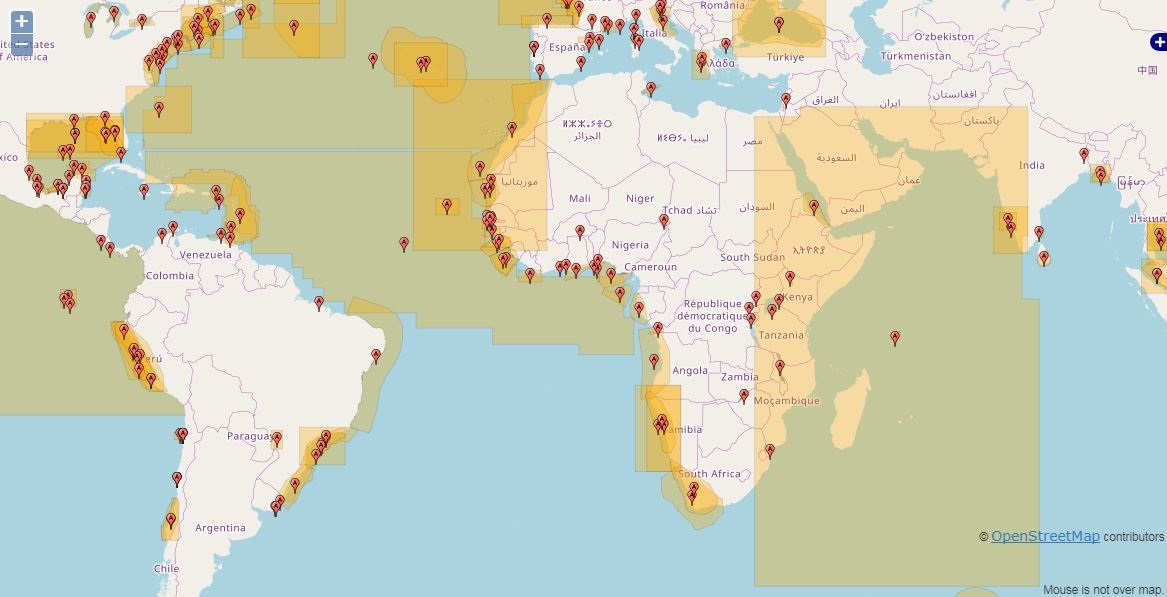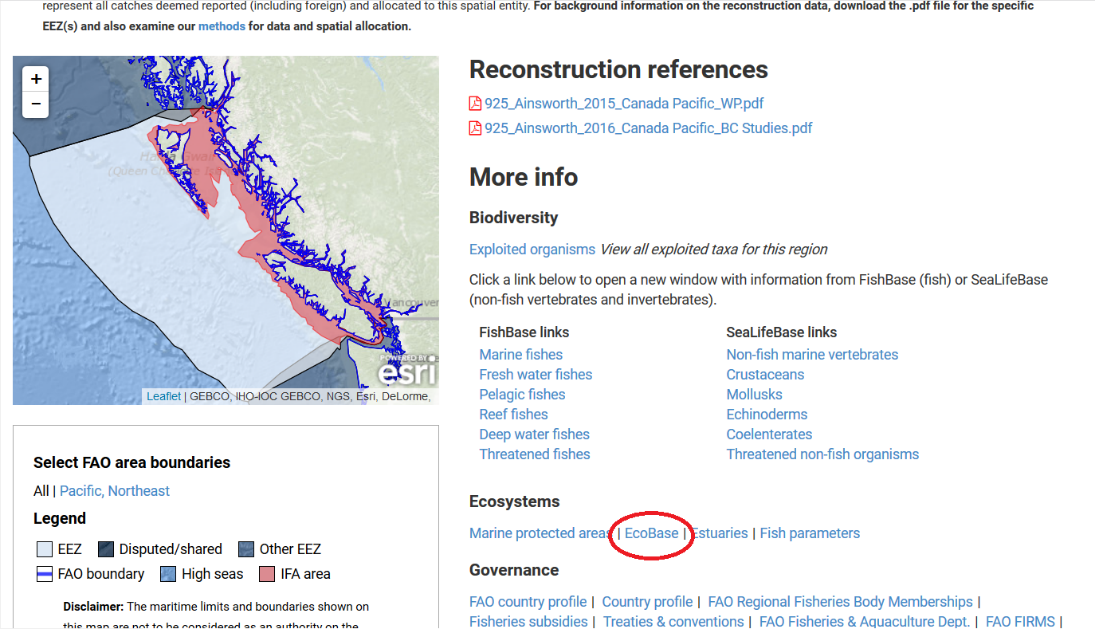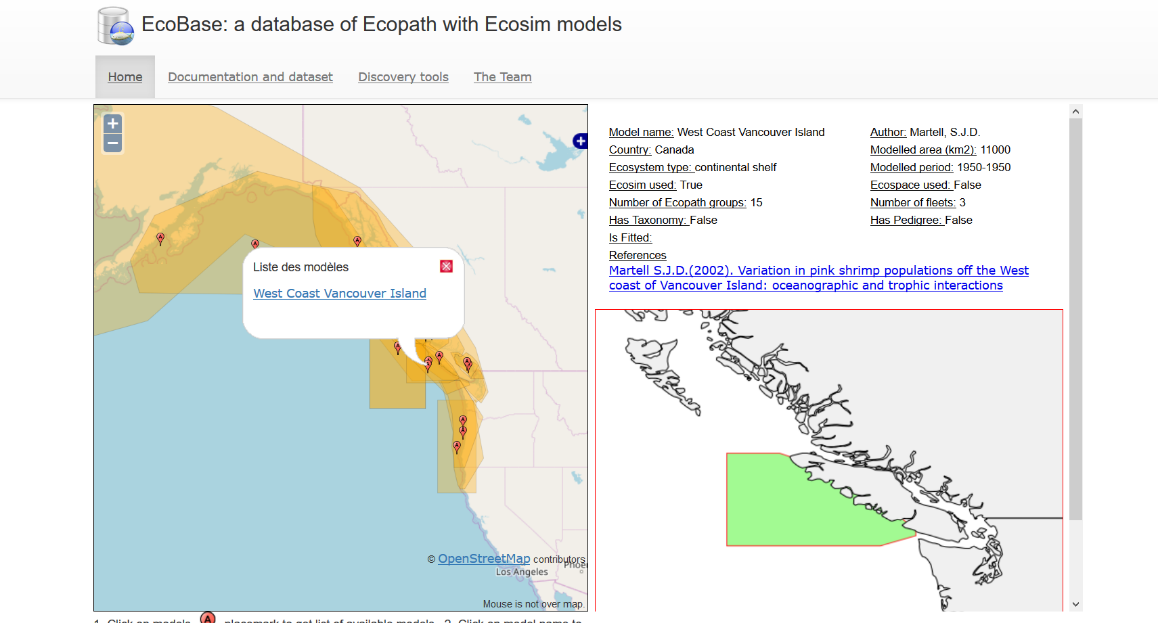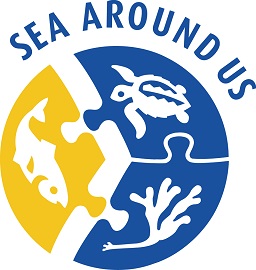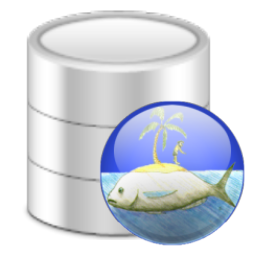Text by Fabien Bourinet – Agrocampus Ouest, Rennes, France.
The deliverables of my five-month internship with the Sea Around Us, at UBC’s Institute for the Oceans and Fisheries, included establishing strong links between the area-specific catch and related data made available by the Sea Around Us and the ecosystem food-web models in Ecobase. I played the role of a middleman whose job was to improve the communication between these two websites and the information they contain.
Ecobase is an open-access database whose aim is to assemble as many as possible of the published Ecopath with Ecosim (EwE) models of ecosystems, including the parameters used for their construction. These models are then freely accessible to anyone who agrees with Ecobase’s data access agreement. Thus, through Ecobase, scientists from all around the globe can discover, access and use now nearly 200 EwE models, a number that will continue to increase. This also allows the authors of these models to get a more visibility and recognition for their work.
My work was designed to increase the visibility of the EwE models in Ecobase by deep-linking them to the geographic areas that the Sea Around Us uses the present its data, notably the Exclusive Economic Zones of countries and their overseas territories, and Large Marine Ecosystems. This will allow users of the Sea Around Us’ website to find out – if an EwE model for their area of interest exists – how the ecosystem of the area is structured, in addition to finding out about fisheries catch trends and related information. The opportunity was also taken to improve the Ecobase interface. Notably, we shrunk the “Data Access Agreement” window and made it less intrusive.
Now, when users have selected a specific EEZ, LME, Marine Ecoregion or FAO Area, they can scroll down and click “Ecobase” to see the ecosystem models available for the area they selected.
This will redirect them to the coverage of the area of interest in the Ecobase website. There, users will be shown a map with markers on the centroids of the areas covered by the different EwE models of the area of interest. By clicking on any of the centroids, and then on the name of the model, users can get details on the model, and a link to the original publication.
In areas that have been well studied, a list of the models will appear at the bottom of the page; just scroll down a bit to get to it. To return to the original Ecobase website, and discover all the models available for the rest of the world, click on the “Home” tab at the top left corner. To return to the Sea Around Us website, close the Ecobase tab.
This deep-linking, it is hoped, will help users of the Sea Around Us catch data appreciate that these catches originate from ecosystems and that the latter must be preserved so that the former can be sustained.
Acknowledgments
I thank Dr. Guitton, the administrator of Ecobase, for his assistance in adapting the website for deep-linking and Dr. Daniel Pauly for hosting me at the Sea Around Us and for proposing that I undertake the little project presented here.


